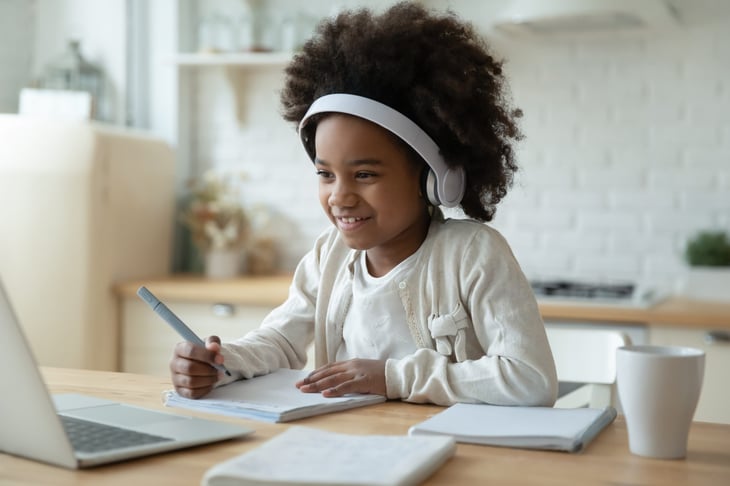
Editor's Note: This story originally appeared on The Penny Hoarder.
Adults and children both need to keep learning, whether they’re in school, at work or at home.
Parents and guardians might need to help with homework, but they’re able to shore up their own education as well. It’s fun to try something new, and creative cartoons, audiobooks and other products make it easy for both adults and children to stay connected while learning.
After school or on weekends, it’s easy to take advantage of learning opportunities that don’t cost a fortune. We’ve compiled a list of companies, organizations and programs providing free online education resources.
These are mostly for children in elementary to middle school grades. (Your teens probably don’t need — or want — your assistance navigating the internet, but you may want to slip them a few suggestions for after-school reading materials.)
Use these resources to complement any recommended learning materials from your kids’ teachers or school district, as suggested content for a tutor, or just to boost your knowledge.
And remember, all people are different — there is a learning curve for everyone that will vary by subject, so have patience with your kiddos (and yourself) as you explore new topics and educational resources.
1. Audible

Bored with the books you have at home? Audible is offering free access for students and adults to listen to audiobooks online.
Students can search for their favorite stories or authors, check out titles grouped by age or browse categories like literary classics or fairy tales.
And, if you’re interested in listening to grown-up audiobooks yourself, you can get a free adult membership to Audible for 30 days.
That’s the perfect length of time to listen to a new series or explore educational materials without having to pay a dime.
2. Babbel
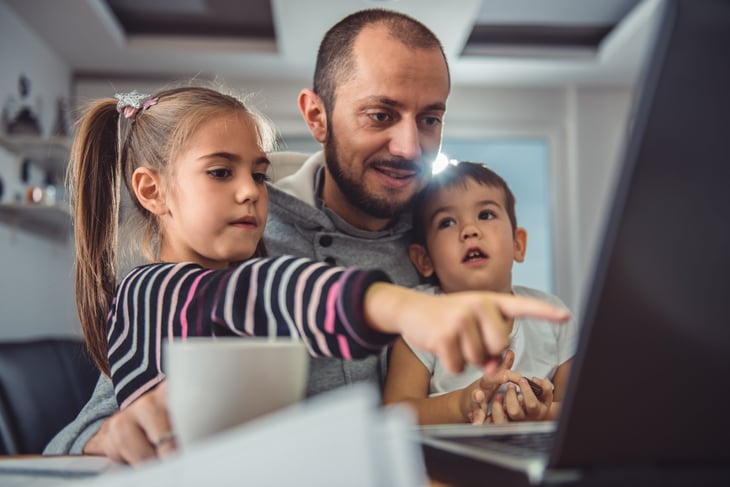
Babbel is offering a quick intro to any language for free. That’s right, you can take a single lesson in any language to see how well you like it.
For kids, this is a great opportunity to get a short introduction to a language — parents often appreciate letting their children choose from multiple options, so kids get the final say on the education they need.
With Babbel, learn one of 13 different languages through conversation and repetition.
Speech recognition technology helps ensure kids are speaking correctly, and personalized reviews help them retain the knowledge.
3. BrainPOP

BrainPOP uses videos, games and interactive activities to teach elementary and middle school students a variety of subjects, including science, social studies, health and art.
It also has webinars for parents about how to teach kids transitioning to a remote learning environment.
One great thing with BrainPOP is that it wants to give you free time to test the platform. You can use the current code TEACH25 to get 25% off the first year (and two weeks completely free!)
4. The History Channel

The History Channel offers a digital classroom with study guides, biography lessons, daily happenings in history and more.
It also provides free access to a collection of educational shows and content that fit middle and high school history curricula.
Whether your child is interested in the Magna Carta or you want to review the Bill of Rights with them, The History Channel is a good place to get started.
5. Khan Academy
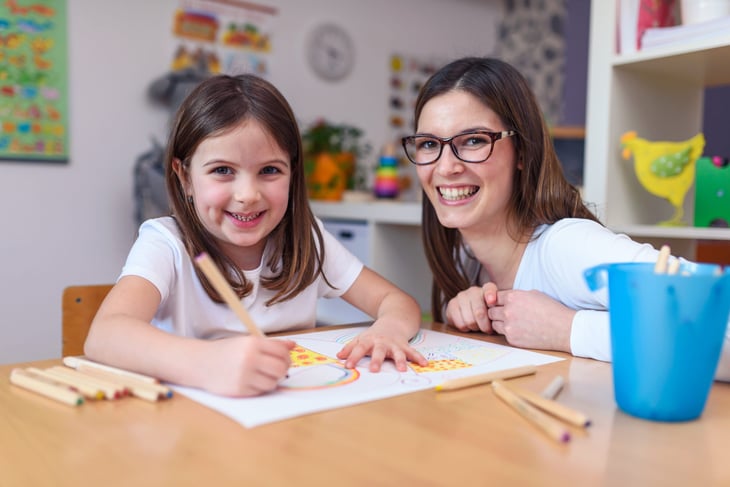
As a nonprofit, Khan Academy provides free educational resources year-round. This is a great site to turn to for courses on math, science and other topics. It’s also available as an app, which is perfect for parents and children on the go.
For children ages 2 to 7, try Khan Academy Kids.
Khan Academy also created schedules for parents to use at home for their kids — broken down by age groups.
These schedules are a good place to start if you’re not sure how long your child should be able to sit still or how to develop a new routine for homeschooled activities.
6. Math Learning Center

Math Learning Center has lessons, workbooks and apps for students from kindergarten to fifth grade to get extra practice at home.
The Math Learning Center knows that math isn’t always kids’ or parents’ favorite subject, so it makes learning fun with interactive activities, online games, and family games.
For parents pushing for a quick resource, try this company’s page — there is no login required.
7. National Geographic
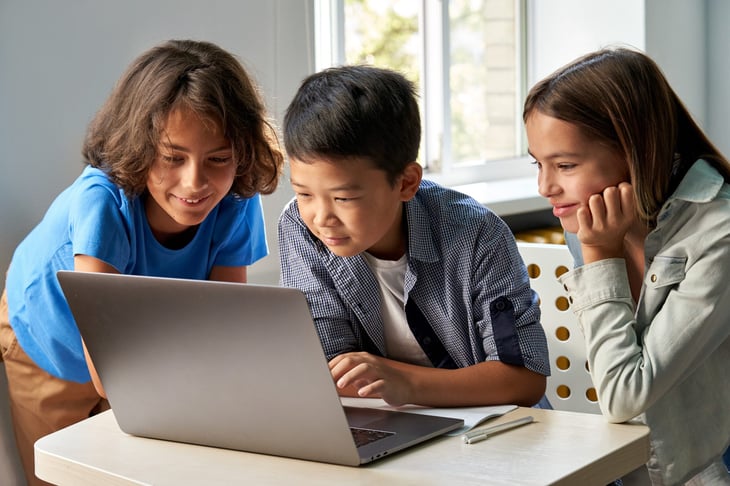
National Geographic Kids helps students explore the world from home — and much of the site is completely free.
There’s fun content about animals, people and places. Kids can play games, take quizzes and learn experiments.
If you’d like more information about National Geographic, then consider signing up for its newsletter. The newsletter is very interesting and informative — it’s broken down into topics, so you can choose what you want to see.
Most interested in health? No problem, just click the box. History more your speed? National Geographic can send important news and updates your way.
8. PBS Kids
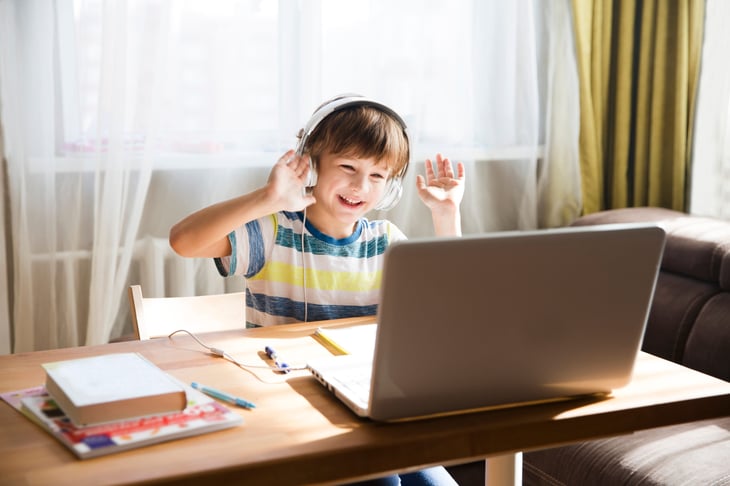
The parent site for PBS Kids offers advice on helping children learn at home in fun ways.
Hone in on specific topics — from math and literacy to self-awareness and social skills — and get instructions for crafts and experiments.
There is a simple drop-down menu that lets parents select the shows their kids already watch, the kinds of activities they’d like, topics, and age ranges to find the perfect fit.
9. Rosetta Stone

Rosetta Stone is letting students learn a foreign language with its program — you can get unlimited access to all languages for $199 + tax.
“That’s not free,” you might say, but Rosetta Stone does offer a 30-day, no-risk money-back guarantee. So, you have the option of giving it a shot and seeing if it works for you and your children.
With Rosetta Stone, kids can learn one of more than 20 languages through immersion while getting feedback and reports on their progress.
How old do students need to be to get started? Students as young as kindergarteners can use this tool to begin their bilingual education.
10. Scholastic

Scholastic has skill-building educational content for four different age groups spanning from pre-K through ninth grade.
Children and teens can read books and articles, watch videos and learn how to create projects at home.
Scholastic also offers free worksheets, a collection of science videos (request a free trial) and an app called Home Base that lets readers connect with characters from their favorite books.
From book lists to school and homework help, Scholastic has it all.
11. STEM From the Start
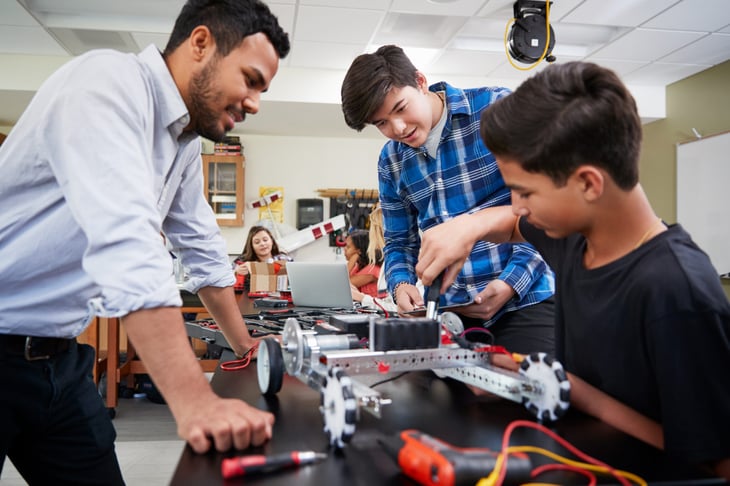
STEM From the Start teaches students through second grade (as well as their parents!) about the concepts of science, technology, engineering and math.
Three space aliens guide video lessons to make learning entertaining.
There are quizzes so students can evaluate what they’ve learned along the way, making their space journeys just that much more satisfying.
12. Wow in the World
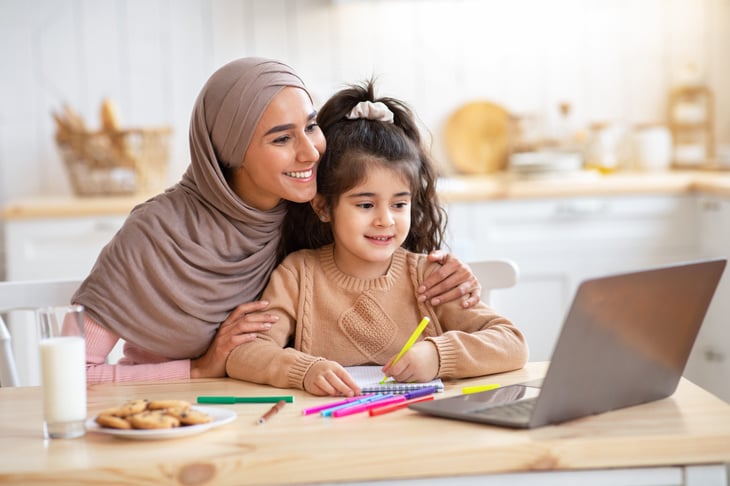
Wow in the World is an NPR podcast for kids between ages 5 and 12 that explores science and technology. Full episodes are about 30 minutes or less.
Kids with shorter attention spans can tune into “Two Whats?! and a Wow!” — a game show spinoff with episodes less than 10 minutes long.
Some of the current podcasts on the main site include “A-I-A-I-Oh WOW!” a podcast about AI-generated art, “Blood Falls,” a podcast about visiting one of the most inhospitable places on earth, and “Bee Vaccine,” a podcast that discusses how to protect Mindy’s hive from a devastating disease that only affects bees.





Add a Comment
Our Policy: We welcome relevant and respectful comments in order to foster healthy and informative discussions. All other comments may be removed. Comments with links are automatically held for moderation.